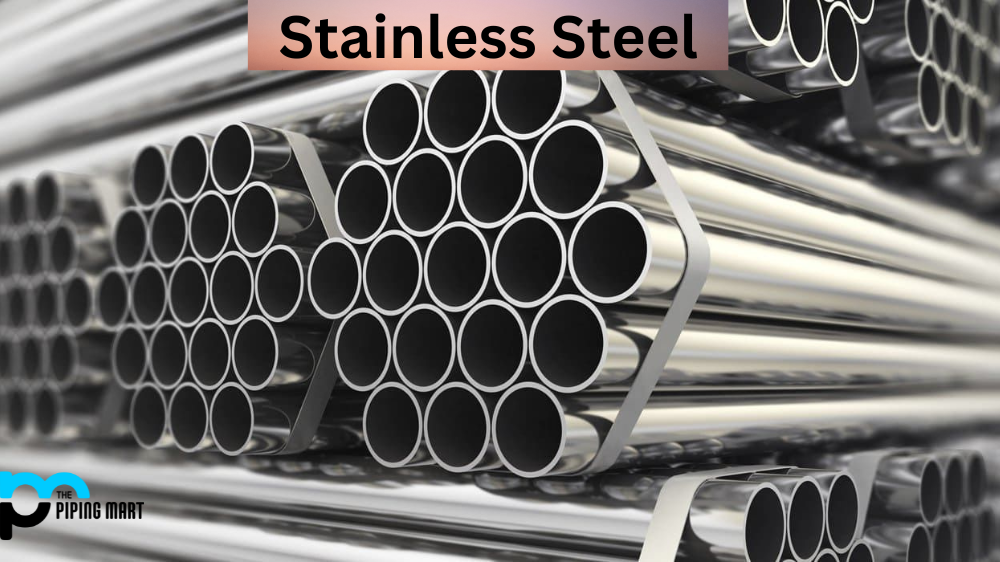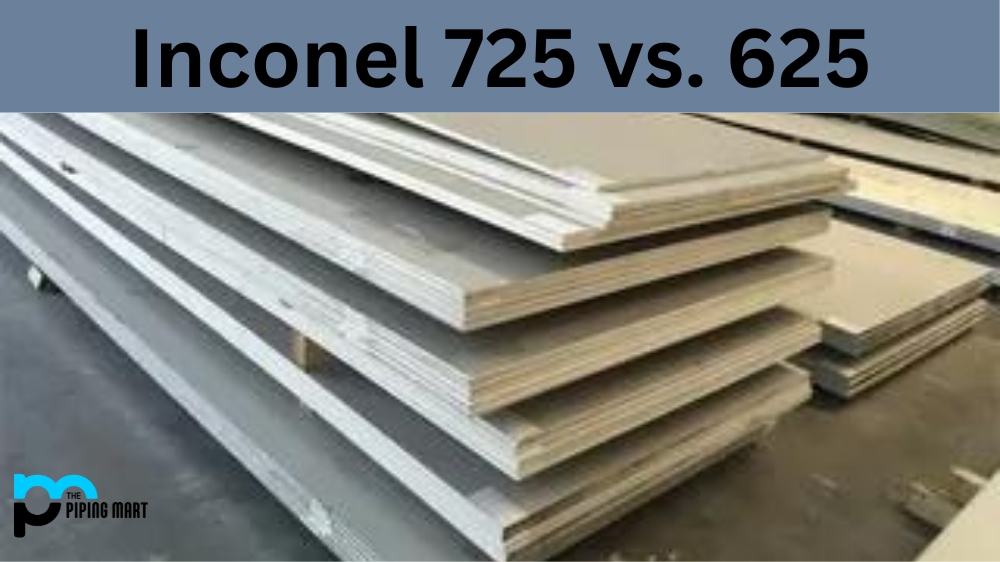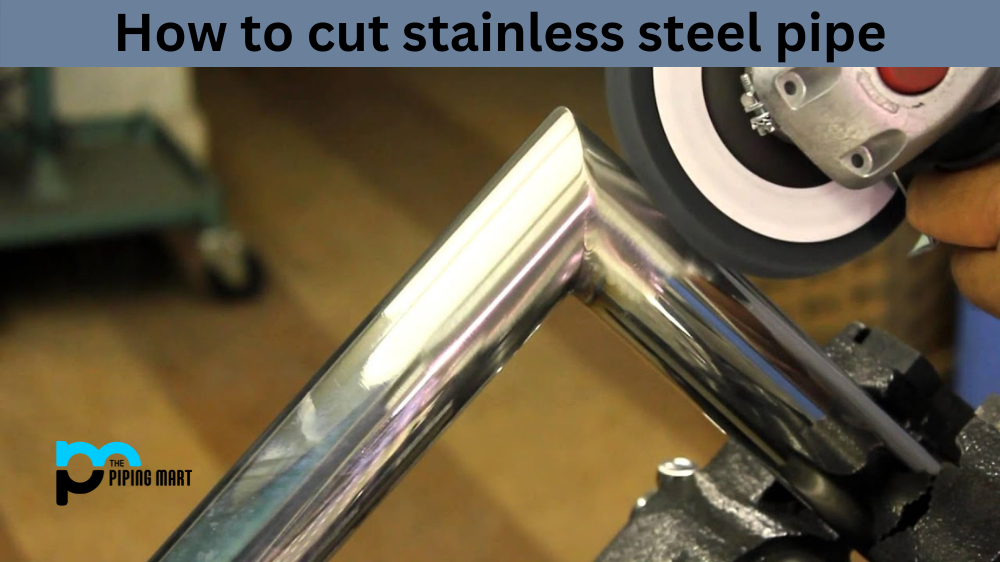If you’re considering using austenitic stainless steel in your next project, it’s important to understand the magnetic properties of this type of steel. This post will explain what austenitic stainless steel is, how its magnetic properties are determined, and why it’s a great option for many projects.
What is Austenitic Stainless Steel?
Austenitic stainless steel (also known as non-magnetic stainless steel) is a type of alloy that does not contain any ferromagnetic materials such as iron, nickel, cobalt, or molybdenum. It’s often used in applications where a strong resistance to corrosion is needed. The most common grade of austenitic stainless steel is 304L (low carbon).
How Are Austenitic Stainless Steel’s Magnetic Properties Determined?
The magnetic properties of austenitic stainless steel are determined by its chemical composition – specifically, the amount and type of elements present in the alloy. Nickel and manganese are two elements that can have an impact on whether or not the material is considered “non-magnetic” or “weakly magnetic.” By increasing the amount of these elements in the alloy, it becomes more resistant to being magnetized.
- Austenitic stainless steel is a type of stainless steel that contains austenite, which is a form of iron that is not magnetic.
- Austenitic stainless steel contains chromium, which gives it its corrosion-resistant properties.
- Austenitic stainless steel is non-magnetic because the austenite form of iron does not have magnetic properties.
- Austenitic stainless steel is used in a variety of applications where corrosion resistance is required, such as food processing, chemical processing, and medical equipment.
- Austenitic stainless steel is also used in applications where a non-magnetic material is required, such as in electrical enclosures and magnetic resonance imaging (MRI) machines.
- Austenitic stainless steel is available in a variety of grades, each with different levels of chromium and nickel content
Why Should I Use Austenitic Stainless Steel?
Austenitic stainless steel has several benefits over other types of steel when it comes to creating components and products with specific requirements. It has superior corrosion resistance due to its low carbon content, which prevents oxidation from occurring at high temperatures. Additionally, it has excellent formability and weldability making it easy to shape into desired shapes and sizes without compromising structural integrity. Lastly, its non-magnetic properties make it ideal for use in applications where a strong magnetic field would be detrimental such as medical imaging equipment or electronic sensors.
Conclusion
In conclusion, austenitic stainless steel is an excellent option for projects that require superior corrosion resistance and non-magnetic properties. Its ability to be formed into various shapes makes it ideal for components used in a variety of industries, from medical equipment to electronics manufacturing. Understanding how its magnetic properties are determined based on chemical composition allows engineers and designers to select the perfect grade for their particular application needs. If you have questions about using austenitic stainless steel for your next project, contact our team today!
Sakshee is a talented blogger, with a particular focus on the Business and Metal Industry. She is passionate about sharing her insights on various metal products and helping professionals to make a better decisions.




